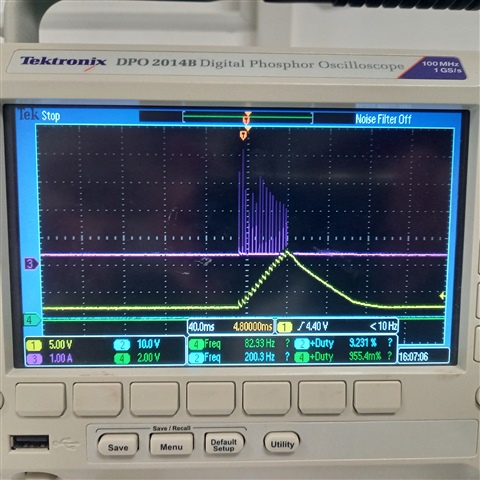Other Parts Discussed in Thread: BQ25750
Tool/software:
Hi,
We are facing below issues with EVM board related to power path and state of charging.
- System is in Active/OFF MODE: when input voltage is applied on VAC (for the moment we use a 24Vdc power supply), the charger fails to start and reboots continuously. Our expectation is to charge the battery when VAC is available.
- System is in CHARGING MODE: when input voltage is removed on VAC, the charger fails to toggle from VAC to VBAT and reboots continuously. Our expectation is to supply the system seamlessly from battery when VAC is not available.
- Our interested range of battery charging voltage i.e. VBAT is from 20 V to 30 V. And interested range of charging current is 50 mA to 3000 mA. Are Internal ADC enough accurate to be used for SOC determination (Battery current and Battery voltage monitoring)?
Please check and support.
Regards,
Saravana



